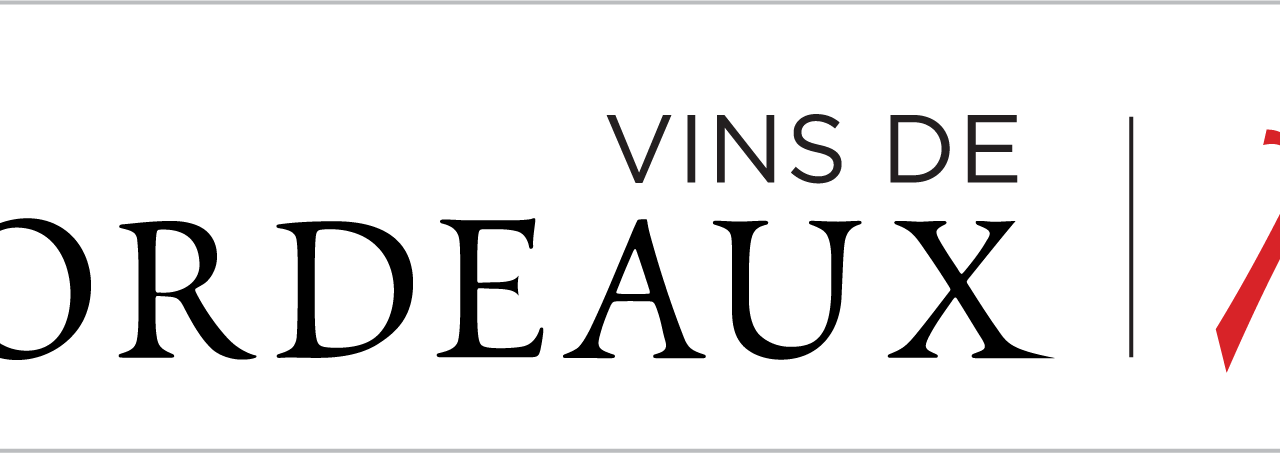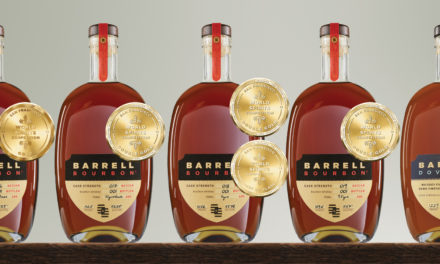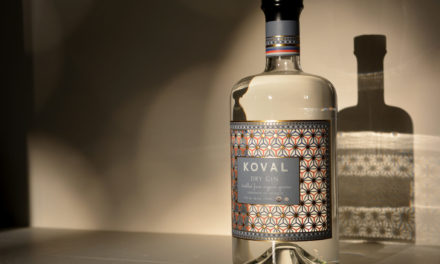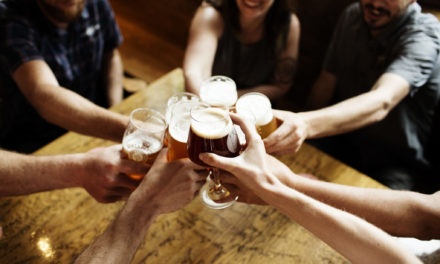As Harvest 2020 comes to a close, Bordeaux’s emerging style responds to climate change and consumer preferences
BORDEAUX, FRANCE October 21, 2020 – Bordeaux’s new reds are challenging long-held perceptions of the region. Fresh and fruit-forward in style, today’s Bordeaux reds explore historic varieties, unexpected blends and a contemporary approach that includes vegan and sulphite-free offerings. The evolution of Bordeaux style and practices reflects the region’s commitment to manage climate change (with more than 65% of the wineries certified sustainable) and respond to dynamic consumer preferences.
Fruit-Forward Practices that Focus on Approachable Flavors and Less Oak
With versatility in mind, the new Bordeaux reds have great aging potential but can also be consumed young. They rely on novel practices from the vineyard to the cellar. First, the grapes are harvested at the peak of ripeness to retain young berry, fruit aromas. Second, shorter and gentler maceration cycles reduce tannic extraction while retaining subtlety. Third, less time in oak barrels reduces woody aromas in favor of more immediate approachability. Winemakers are also opting for less new oak and larger 500-liter barrels (as compared to the traditional 225-liter size) to preserve freshness. Finally, the most unconventional makers eliminate wood aging entirely in favor of alternative and neutral vessels such as stainless steel tanks; amphorae and terracotta jars that promote a lively expression with natural micro-oxygenation; and ovoid vats for maturation on fine lees.
Heirloom Varieties Enliven Creative Blends and Single Varietal Wines
When it comes to grape varieties, “What’s Old is New Again” in Bordeaux. Bordeaux has six primary red grape varieties (Merlot, Cabernet Franc, Cabernet Sauvignon, Petit Verdot, Carménère and Malbec). Merlot, Cabernet Franc and Cabernet Sauvignon account for the largest percentage of plantings – while Petit Verdot, Carménère and Malbec are driving a dynamic growth trend. Over the past 20 years, these so-called secondary varieties have doubled in surface area (from 3,684 to 7,887 acres). The inclusion of more of these classic grape varieties allows winemakers to develop highly personalized blends: even a small addition can have a significant impact on the profile of the wine. And while Bordeaux remains known for its blending know-how, the number of single-varietal cuvées has grown widely in recent years, including Petit Verdot and Malbec offerings.
Wines for our Times: From Vegan and Sulphite-Free to Alternative Packaging
In response to consumer demand, a growing number of Bordeaux properties offer vegan and sulphitefree options. What’s in the bottle is also reflected in creative, new packaging, yet another sign of the changing times. CONSEIL INTERPROFESSIONNEL DU VIN DEBORDEAUX Unique releases such as single-varietal cuvées or those aged in amphorae are also not afraid to break with tradition on the shelf. Colorful labels and brand names that depart from the traditional Château taxonomy express the creativity of the new Bordeaux reds, as does the bottle itself, with some opting for a non-Bordelais shape.
Making Terroir Accessible and Affordable
A respect for terroir is endemic to Bordeaux winemaking culture. Less is more for many producers, who practice a minimal intervention approach designed to maximize the expression of place. Techniques include site-specific parcel management and micro-vinifications that preserve unique characteristics; all-gravity transfers; and gentle pump-overs. The result: authentic wines that proudly deliver on ancestral terroir at affordable price points.
Click here to download photos and the 2020 Harvest report
ABOUT Bordeaux Wine Council (C.I.V.B.)
Bordeaux Wine Council (C.I.V.B.) was created by the French Law dated August 18, 1948. It unites representatives from the three families in the Bordeaux wine industry: winegrowers, merchants and traders.
The CIVB’s 4 missions:
• Marketing mission: position Bordeaux wines as the brand of reference, create a strong bond between consumers and the Bordeaux brand, recruit new, younger consumers and ensure their loyalty.
• Technical mission: build knowledge, protect the quality of Bordeaux wines and anticipate new requirements related to environmental and food safety regulations.
• Economic mission: provide intelligence on production, the market, the environment and sale of Bordeaux wines around the world.
• The industry’s general interests: protect the terroirs, fight counterfeiting, develop wine tourism.
Press releases are generated outside of Spirited magazine and the information contained does not necessarily reflect the opinion of Spirited or its parent company, Sonoma Media Investments.











